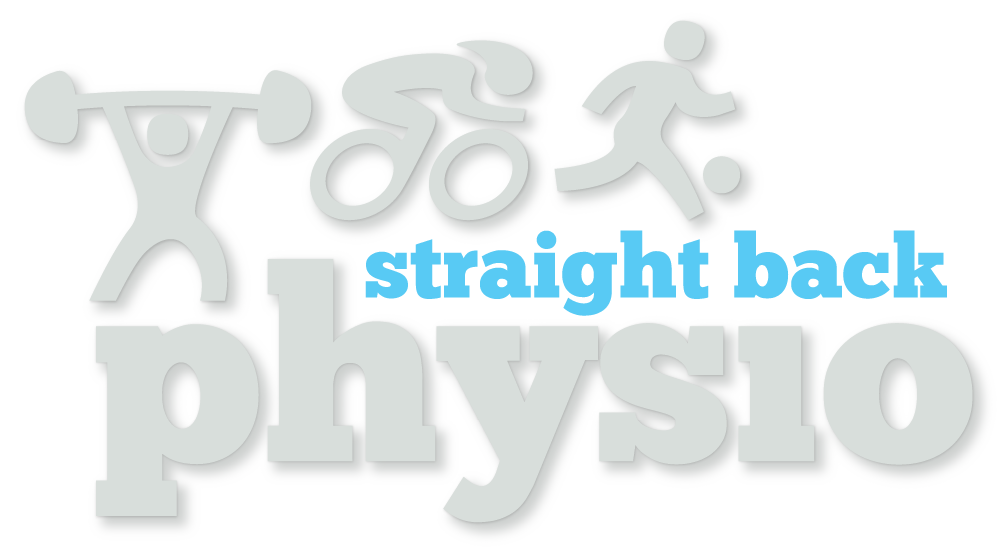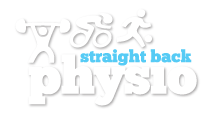BLOG
Blog

By Stuart Fossella
•
18 Apr, 2024
Low Back Pain It gets in the way of everything from normal life to sport and that includes running. Now it’s important to stress that Back Pain, on the whole, is not something to necessarily panic about and most of us are all likely to experience it at some point or another. When Back pain persists and gets in the way of fun or life, (shouldn’t life be fun?) then you have a right to be disgruntled. The first thing to do is to establish the cause, because the treatment you adopt may be different. Causes of Low Back Pain There are lots of causes of Low Back pain and it is a frequent complaint we hear from Runners. But what you have to ask is? Did the Back pain come before the running or Is it the Running that is causing the Low Back Pain? Running can actually be a cause of Low Back Pain and Back Pain can be made easier with running! Confusing right? You have Back Pain and it’s made worse by Running There could in all reality be lots of reasons that you have Low Back Pain including: Arthritic Joint Changes. A Weak core / Poor core endurance. Joint Stiffness. A lack of lower limb strength. A lack of flexibility in the lower limbs. You run in poor footwear. You are deconditioned. Unable to maintain good posture in Running. You are overtraining or have had a drastic change in a training regime. Let’s investigate these further. 1) Arthritic joint changes Arthritic joint changes in the Spine and Low Back are changes that are associated with age, and are considered the normal changes of ‘wear and tear’. Arthritis tends to mean a loss of joint cartilage and therefore joint cushioning. So the impact of Running can put extra stress through the joints of the Low Back. The lack of cushioning can cause repeated trauma and inflammation of joints, a potential cause of Back Pain. 2) A Weak core / Poor core endurance Core muscle of the trunk and torso are integral to posture and form when running. Efficiency in running is maintained because of the fitness of the heart and lungs and the ‘core’. Think about when you are tired in training or racing, form goes to ruin and you may end up dragging your self to the end of your run. It’s not a pretty site! And that’s where core strength can help. Muscle mass may correlate to strength and core muscles are known to be smaller in people who have a history Low Back Pain. Strength and size may, therefore, correlate to a lack of endurance. Certainly, deconditioned muscles have reduced efficiency and force generating potential. 3) Joint Stiffness Joint stiffness can be a cause of Low Back Pain itself, combine the motion of running to this and you can have a potential issue that causes Low Back Pain. Running requires joint motion about the spine. In the same way that if your ankle joint or knee joint doesn’t move, running with excellent efficiency is going to be difficult. Running with severe Low Back Stiffness causes the same issue. One common argument surrounding spinal stiffness and exercise is that during exercise; particularly stiff sections of the spine cause the regularly loose sections to suffer unnecessary overload in pressure and load, ultimately leading to injury. 4) A lack of lower limb strength The foot bone is connected to the leg bone. The leg bone is connected to the Hip bone. The Hip Bone is connected to the Backbones… Yes, the body is interlinked and problems in 1 region can cause issues in another. Don’t just consider the trunk to be the core. At Straight Back Physio we know that all the muscles that ‘tie’ into the back are part of the core. That’s why the glutes are so important in runners. Great Glute activation and strength allows for great pelvic control and a reduction in lateral motion which can have a knock on effects and cause injury to the Low Back. 5) Poor flexibility Similar to joint stiffness, a lack of flexibility of soft tissues can cause restrictions in motion. Restricted motion can cause unnecessary stress through muscles and tendons, ligaments and joints. Over time this can cause injury. Poor flexibility of the hip flexors, for example, can restrict running form and hip extension, placing an increase in the stress placed through the low back potentially causing compression on the joints of the Low Back and therefore pain. 6) You run in poor footwear Ok, so there may be some controversy in making this point. People have been at pains to prove that you can run in anything. From supportive trainers, unsupportive footwear, neutral footwear, barefoot or even wellie boots. But the point of shoes is to protect the structures of the foot. Provide shock absorption, and new technology from Nike suggests they can provide recoil to propel you in running. But the bigger point to make is that foot posture can affect impact at the knees, which can affect the hips - which are often the foundations of…the Low Back in runners. 7) You are deconditioned Deconditioning plays a big role in susceptibility to injury. If you have previously been injured you're likely to be deconditioned and will have lost muscle tone and strength. You may well have lost flexibility and all of these things can lead to injury when you return to your chosen sport. Just because when you were 17 you were able to run 10 miles in 60 minutes doesn't mean you're able to do that when you're in your 30s 40s or 50s after a long layoff. Ease yourself back into sport particularly if you're one of those people who had back pain previously. Deconditioning means you are likely to be weaker and unable to absorb the impact of running so, in essence, you probably need to be stronger and more supple so that muscle absorbs the load and impact of running rather than the joints of the spine. 8) Unable to maintain good posture in Running There is lots made about the importance of running form and posture And of course, it is important but we all have our own unique styles and ways that we run. Of course, being fit, conditioned, strong and supple makes a big difference to how you look when you're running. Of course, if you have excessive spinal movement in one direction or another - in the form of pelvic tilt forwards or backwards (technically known as anterior or posterior tilt), then you may well be putting extra pressure on your lower back which can, in turn, cause you pain and discomfort. But remember we're all different and we're all unique, and what makes one person run and look straight isn't necessarily what's going to make you look and run straight. But its worth noting a great athlete normally does look good in motion, so if it looks good it probably is good. 9) You are overtraining or have had a drastic change in a training regime Overload injuries are some of the most common causes of injury in runners. It's not just the ankle and knees and hips that take a lot of force whilst running, the low back also takes its fair share of the load. If you susceptible to back pain then doing too much can put excessive pressure on the back and cause pain. Equally by Simply not being strong enough or flexible enough you can perhaps put undue stress on the back and cause yourself an overload injury. This is where clever scheduling of a training regime comes into play as you could be causing yourself problems in the short or medium term in the form of low back pain.
Contact Information
Quick Links
Our Location
© Copyright 2024 | All Rights Reserved | Straight Back Physio

